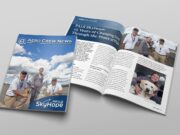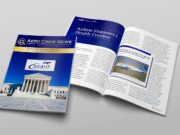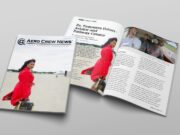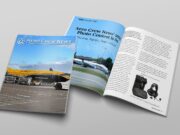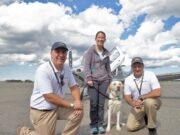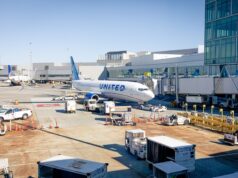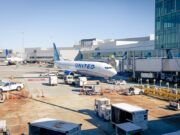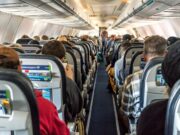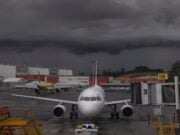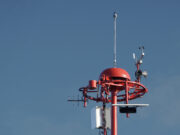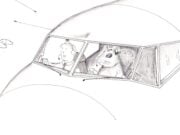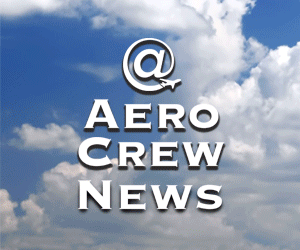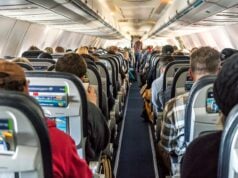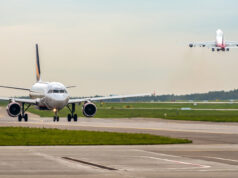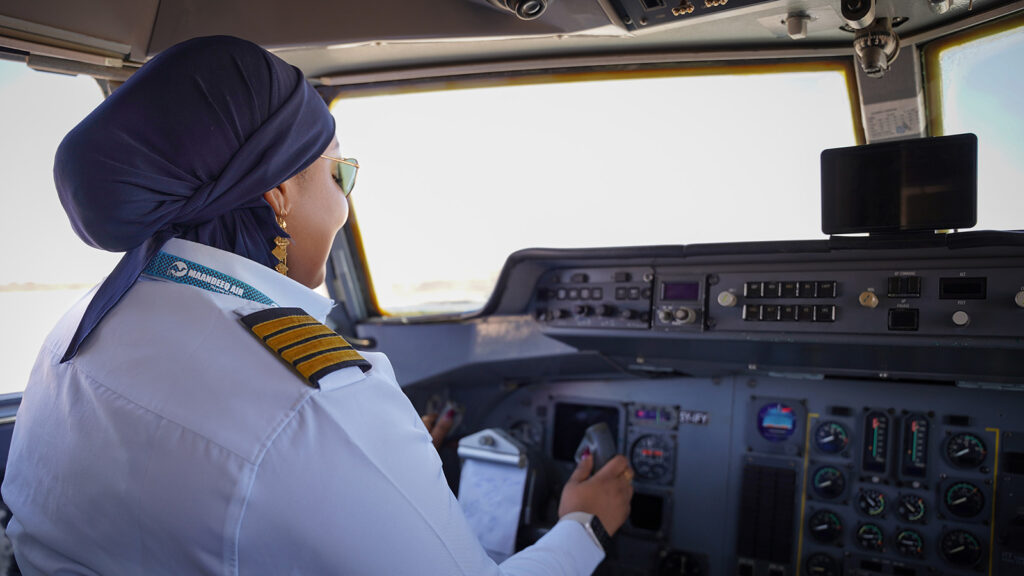
In 2021, the Federal Aviation Administration (FAA) changed Notices to Airmen (NOTAMs) to Notices to Air Missions (still NOTAMs though) in a stated effort to be more gender neutral as well as recognize the growing presence of remotely piloted drone operations in the national airspace system.
On February 10, 2025, the NOTAM acronym was reversed and became again Notices to Airmen. This time however, the FAA did not provide a rationale for the change.
For those unfamiliar with NOTAMs, this aeronautical alert system provides time-sensitive operational information regarding events, changes, and hazards along and within airways and airspace, including modifications to arrival and departure procedures, as well as airport conditions that pilots might not otherwise be immediately aware of.
Based on an antiquated habit going back to the creation of the male-dominated, air-transportation industry at the turn of the twentieth century, many masculine-tagged terms linger including airman certificate (the actual term for a pilot license in the U.S.) and having recently returned, Notices to Airmen. After nearly 30 years in this industry, most pilots I know (regardless of race, color, creed, national origin, sex orientation, or gender) do not seem overly bothered by this language legacy, although to some, a sense of second-class status surely exists. Even airline pilot union contracts customarily use male-oriented language when outlining provisions or providing examples within these documents, unless there is a reason to identify a gender-specific condition. Yet, most contracts also include an opening declaration stipulating that using male pronouns is not intended to be exclusionary, but rather avoiding the constant use of dual pronouns, along with gender or sex descriptors. Again, most pilots I know do not seem to have a particular problem with this. Not that it shouldn’t continue to evolve over time, but airline pilots are generally more interested in pay, benefits and scheduling provisions than they are about whether the union and company go out of their way to draft holistically inclusive language.
When the 2021 NOTAM amendment occurred, it landed without much fanfare or discussion, being largely met with some eye rolling and overall indifference. Personally, I thought Notices to Air Missions sounded dumb. Yet, I nonetheless appreciated the attempt by the FAA at greater inclusivity and recognizing (if a bit meekly) that this industry is not limited to men. Perhaps the change should have been instead “Notices to Pilots” – then again, neither NOTPI nor NOTPOTs make for a clean acronym, but I digress. The point here is that the change to Air Missions was not overly meaningful or impactful, but at least somewhat positive in nature.
While the presence of female airline pilots in the U.S. remains still at only about 5% and airline pilots of color constitute and even smaller percentage, it is of course slowly and rightly changing. Talented people from all walks of life and backgrounds are realizing that becoming an aviation professional—a controller, dispatcher, manager, mechanic, pilot, etc.—is open to everyone, if they are willing to dedicate themselves and work hard to attain the necessary education, training and experience. Securing funding for school and training might be a barrier to entry, but your gender, orientation, and skin color are not—should be.
This is an industry absolutely open and accessible to everyone.
In February though, and in the wake of the heartbreaking collision between an airliner and a military helicopter over the Potomac River, some officials in Washington took the shameful opportunity to up their attack on Diversity, Equity, and Inclusion (DEI) initiatives by suggesting via “common sense” that the root cause of this tragedy was somehow related to DEI. For my part, I’m dismayed and discomfited by this absurd and baseless assertion.
Whereas the modification of the acronym’s composite phrase went relatively unnoticed in 2021, in 2025 this reversal has caught everyone’s attention, and can only be viewed as a message, by virtue of the current administration, that the air transportation industry should only be open to men—and by extension, white (straight) men.
In my experience, both personal and professional , the more diverse the composition and background of the pilots on the flight deck, the greater the combined experience and potential for robust decision-making, routinely leading to positive outcomes. Moreover, when I was completing doctoral research a decade ago on mediating factors in cultural affinity among professional aviators (a fancy way of saying airline pilot backgrounds), the data conclusively pointed at the individual pilot’s background being muted by their self-identification as an airline pilot. Stated differently, those who take up the role and responsibility of a professional pilot and don the uniform, leave behind their individual differences (internal and external), arriving on the flight deck ready to execute safely and effectively on the mission.
Maybe it should be Notices to Air Missions after all.



